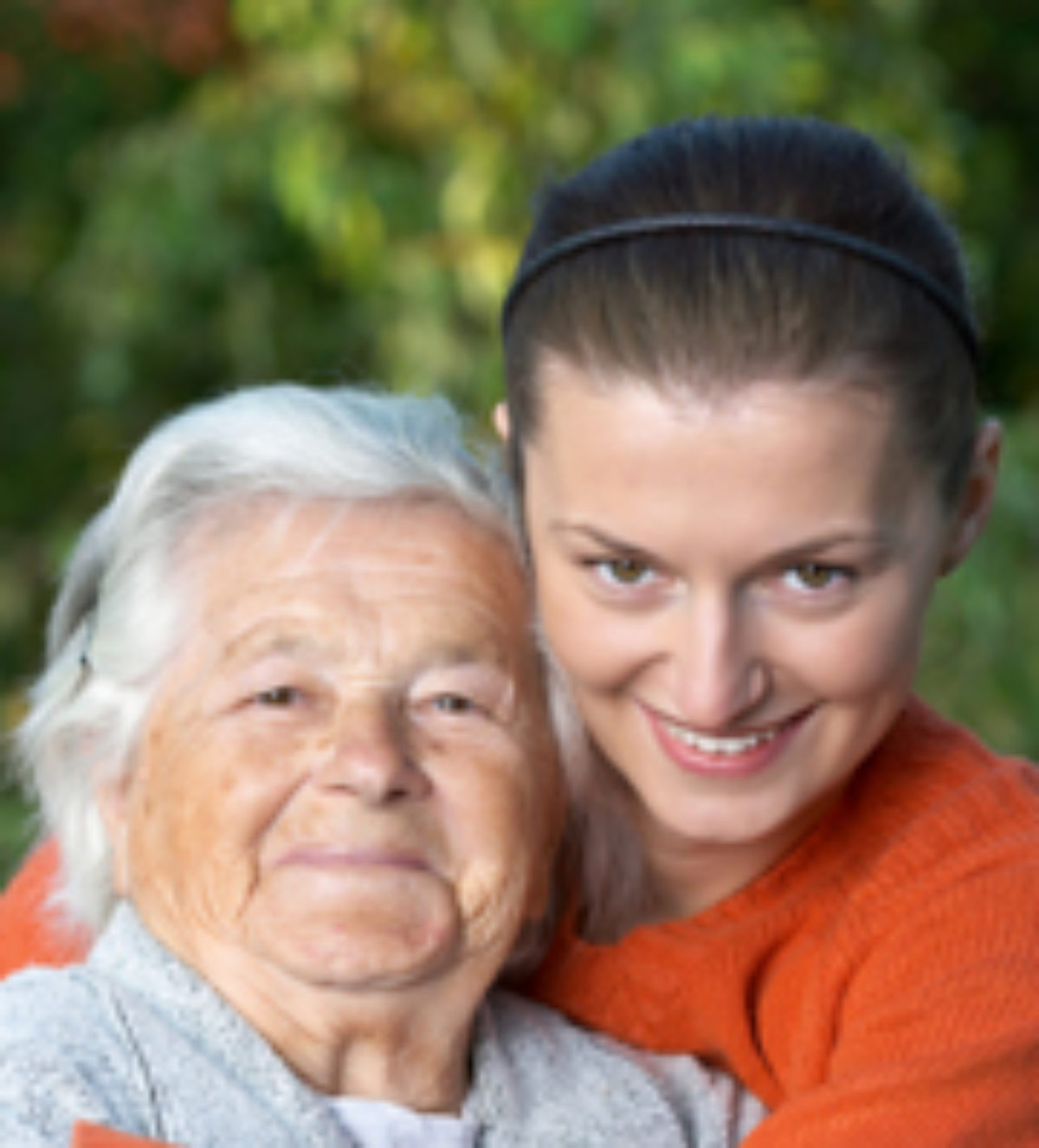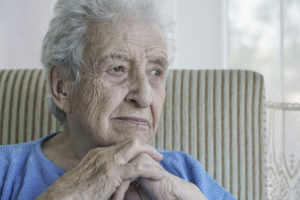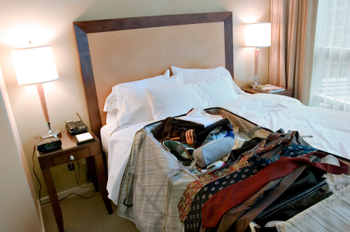Lauren Snedeker, LMSW | 5.18.2017
Dementia and Alzheimer’s Disease 101: The Difference and Why it Matters
Dementia and Alzheimer’s disease are often spoken about interchangeably, but they are not the same condition. During Dementia Awareness Week, we want to share the different types of dementia and the warning signs.
Dementia vs. Alzheimer’s
Dementia is a general term that describes a wide range of symptoms associated with a decline in memory or other thinking skills, including judgment, reasoning, and complex motor skills. There are several dementia-related illnesses, and Alzheimer’s is one of them.
Alzheimer’s disease is the most common cause of dementia and accounts for 60–80% of dementia cases. It is a chronic disease that causes memory loss or difficulty thinking or problem-solving to the point where it interferes with everyday activities. Alzheimer’s disease can progress to the point where a person doesn’t remember their own family and might undergo a complete personality change.
Other types of dementia include:
- Vascular dementia: A decline in memory and thinking skills brought on by blockage or reduction of blood flow to the brain that deprives the brain of oxygen and nutrients. Risk factors are similar to those for heart problems, stroke, and other diseases that affect blood vessels.
- Lewy Body dementia (LBD): An umbrella term that refers to both Parkinsons disease dementia and dementia with Lewy bodies, which are protein deposits that develop in nerve cells in the brain regions involved in thinking, memory, and movement.
- Frontotemporal dementia (FTD): The Mayo Clinic describes FTD as a diverse group of uncommon disorders that primarily affect the frontal and temporal lobes of the brain the areas generally associated with personality, behavior, and language.
These dementia-related illnesses are not a normal part of aging, and in order to limit your chances of getting dementia and/or to better manage the condition, its important to know the symptoms and the prevention techniques that are most effective.
Preventing dementia
The biggest risk factors for these conditions are things you often can’t control, including age, family history, and genetics. However, the good news is that studies suggest that lifestyle changes can slow or prevent onset.
- Exercise:Staying active isn’t just good for your heart; its also great for your brain.
- Sleep:Your brain does important stuff while you are sleeping, so getting at least 7 hours of deep sleep a night is crucial.
- Be smart about your diet:Research suggests that the foods you eat can affect your brain health, both for the better and for the worse.
- Control other chronic conditions:Keep your blood pressure, cholesterol, and blood sugar within recommended limits.
- Be mindful of harmful substances:Limit alcohol use and eliminate smoking.
- Challenge your brain:Try small things, such as brushing your teeth or eating with your non-dominant hand.
- Continue to pursue favorite hobbies or take up new ones:Art, music, gardening, and learning a new language are just a few that can help keep your mind active.
- Manage stress:Relaxation techniques, such as yoga or meditation, can be helpful.
- Use your health care:Visit your doctor or health care professional regularly and be sure to stay up-to-date on preventive screenings and benefits.

Warning signs and symptoms
The following are some common warning signs and symptoms of dementia. Keep in mind that every individual is unique and may not exhibit all of them. Always consult a physician to discuss changes in memory and thinking abilities.A thorough assessment by your physician or a specialist, such as a neurologist, can determine what is causing these symptoms.
- Difficulty finding words
- Trouble completing multi-step tasks
- Challenges with identifying time, person, or place
- Misplacing familiar objects
- Personality changes
- Loss of interest in important responsibilities
- Expressing false beliefs
- Changes in judgment
Whether you are a professional, family member, friend, spouse, or community member, it is beneficial to understand different causes that can impact ones memory other than the potential presence of dementia.
Physical health changes, such as a vitamin deficiency, thyroid problem, urinary tract infection, medication side effects, stress, Substance abuse, and depression may all cause changes in memory and other symptoms of dementia, such as confusion. A thorough assessment by your physician or specialist, such as a neurologist can determine what is causing these symptoms.
Take action
Although it can be scary or challenging to acknowledge changes within ourselves or someone close to us, it is important to do so and take action.
Early detection of memory issues can allow you to participate in care planning decisions and explore clinical trials. For some, receiving a diagnosis also can provide some relief in knowing that its not something they are doing but rather something that is occurring in them. Lauren Snedeker, LMSW | 5.18.2017
Dementia and Alzheimer’s Disease 101: The Difference and Why it Matters
Dementia and Alzheimer’s disease are often spoken about interchangeably, but they are not the same condition. During Dementia Awareness Week, we want to share the different types of dementia and the warning signs.
Dementia vs. Alzheimer’s
Dementia is a general term that describes a wide range of symptoms associated with a decline in memory or other thinking skills, including judgment, reasoning, and complex motor skills. There are several dementia-related illnesses, and Alzheimer’s is one of them.
Alzheimer’s disease is the most common cause of dementia and accounts for 60–80% of dementia cases. It is a chronic disease that causes memory loss or difficulty thinking or problem-solving to the point where it interferes with everyday activities. Alzheimer’s disease can progress to the point where a person doesn’t remember their own family and might undergo a complete personality change.
Other types of dementia include:
- Vascular dementia: A decline in memory and thinking skills brought on by blockage or reduction of blood flow to the brain that deprives the brain of oxygen and nutrients. Risk factors are similar to those for heart problems, stroke, and other diseases that affect blood vessels.
- Lewy Body dementia (LBD): An umbrella term that refers to both Parkinson’s disease dementia and dementia with Lewy bodies, which are protein deposits that develop in nerve cells in the brain regions involved in thinking, memory, and movement.
- Frontotemporal dementia (FTD): The Mayo Clinic describes FTD as a diverse group of uncommon disorders that primarily affect the frontal and temporal lobes of the brain the areas generally associated with personality, behavior, and language.
These dementia-related illnesses are not a normal part of aging, and in order to limit your chances of getting dementia and/or to better manage the condition, its important to know the symptoms and the prevention techniques that are most effective.
Preventing dementia
The biggest risk factors for these conditions are things you often can’t control, including age, family history, and genetics. However, the good news is that studies suggest that lifestyle changes can slow or prevent onset.
- Exercise:Staying active isn’t just good for your heart; its also great for your brain.
- Sleep:Your brain does important stuff while you are sleeping, so getting at least 7 hours of deep sleep a night is crucial.
- Be smart about your diet:Research suggests that the foods you eat can affect your brain health, both for the better and for the worse.
- Control other chronic conditions:Keep your blood pressure, cholesterol, and blood sugar within recommended limits.
- Be mindful of harmful substances:Limit alcohol use and eliminate smoking.
- Challenge your brain:Try small things, such as brushing your teeth or eating with your non-dominant hand.
- Continue to pursue favorite hobbies or take up new ones:Art, music, gardening, and learning a new language are just a few that can help keep your mind active.
- Manage stress:Relaxation techniques, such as yoga or meditation, can be helpful.
- Use your health care:Visit your doctor or health care professional regularly and be sure to stay up-to-date on preventive screenings and benefits.

Warning signs and symptoms
The following are some common warning signs and symptoms of dementia. Keep in mind that every individual is unique and may not exhibit all of them. Always consult a physician to discuss changes in memory and thinking abilities.A thorough assessment by your physician or a specialist, such as a neurologist, can determine what is causing these symptoms.
- Difficulty finding words
- Trouble completing multi-step tasks
- Challenges with identifying time, person, or place
- Misplacing familiar objects
- Personality changes
- Loss of interest in important responsibilities
- Expressing false beliefs
- Changes in judgment
Whether you are a professional, family member, friend, spouse, or community member, it is beneficial to understand different causes that can impact ones memory other than the potential presence of dementia.
Physical health changes, such as a vitamin deficiency, thyroid problem, urinary tract infection, medication side effects, stress, Substance abuse, and depression may all cause changes in memory and other symptoms of dementia, such as confusion. A thorough assessment by your physician or specialist, such as a neurologist can determine what is causing these symptoms.
Take action
Although it can be scary or challenging to acknowledge changes within ourselves or someone close to us, it is important to do so and take action.
Early detection of memory issues can allow you to participate in care planning decisions and explore clinical trials. For some, receiving a diagnosis also can provide some relief in knowing that its not something they are doing but rather something that is occurring in them.









